
A seafood menu can be full of surprises. Some dishes raise concerns about freshness, sourcing, or hidden health risks. Restaurants won’t always tell you the whole story, so knowing what to watch out for can mean the difference between a fantastic meal and an unfortunate mistake. Here are 20 dishes you might want to reconsider before ordering.
Shark Steaks
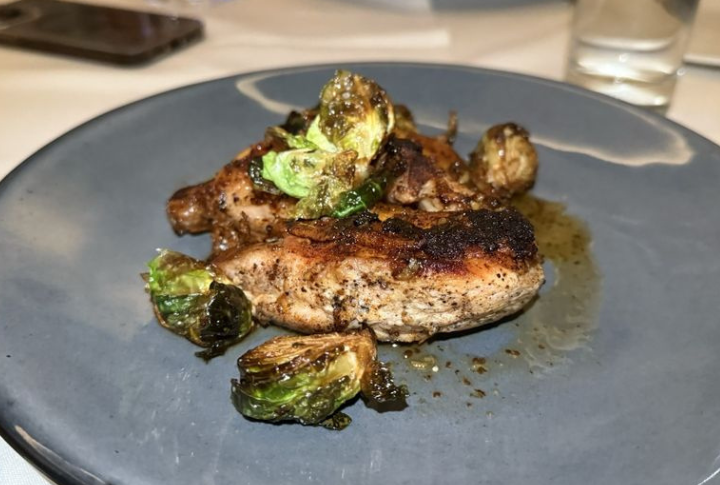
Mercury levels in shark meat make it one of the riskiest seafood choices. These top predators accumulate heavy metals over time, posing long-term health risks. Shark populations have also plummeted due to overfishing, yet demand remains high in some parts of the world. Few dishes come at such a steep environmental cost.
Eel Dishes
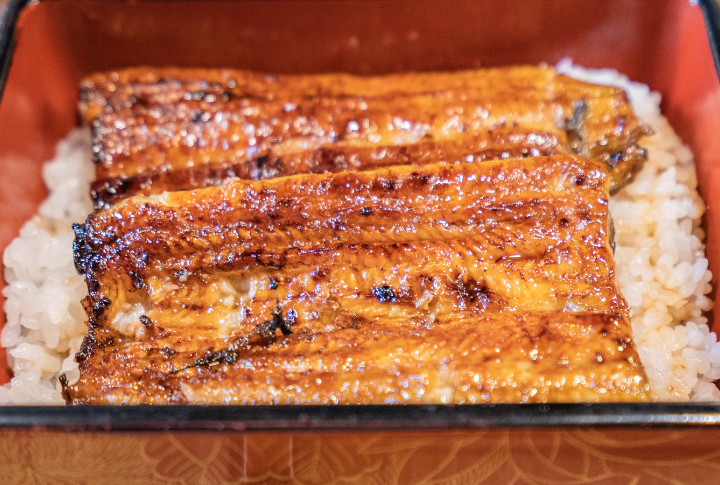
Eel, particularly unagi, is considered a delicacy, but farming practices often raise ethical concerns. Overfishing has depleted wild populations, and breeding eels in captivity remains challenging. Despite their rich, fatty texture, their bodies tend to absorb toxins from polluted waters. That melt-in-your-mouth bite comes with a bigger story than most realize.
Fried Calamari
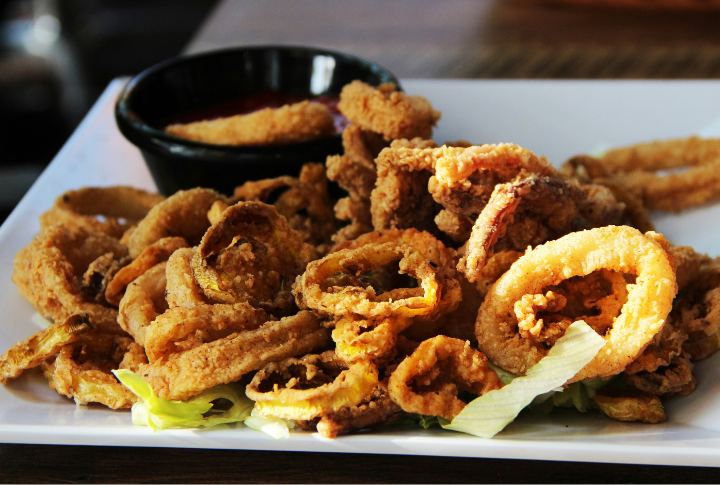
Golden, crispy, and widely loved, fried calamari isn’t always what it seems. A few bistros stretch portions by mixing imitation squid made from fish byproducts. Even when it’s real, deep-frying offsets squid’s natural nutritional value by adding unhealthy fats and calories, overshadowing its lean protein and mineral content.
Raw Oysters

Few foods pose a greater risk of food contamination than raw oysters. These shellfish filter ocean water, trapping bacteria that can lead to severe illness. Even experienced oyster shuckers can’t spot a contaminated one. Each year, cases of Vibrio infections spike—yet, for some seafood lovers, the thrill outweighs the risk.
Caviar
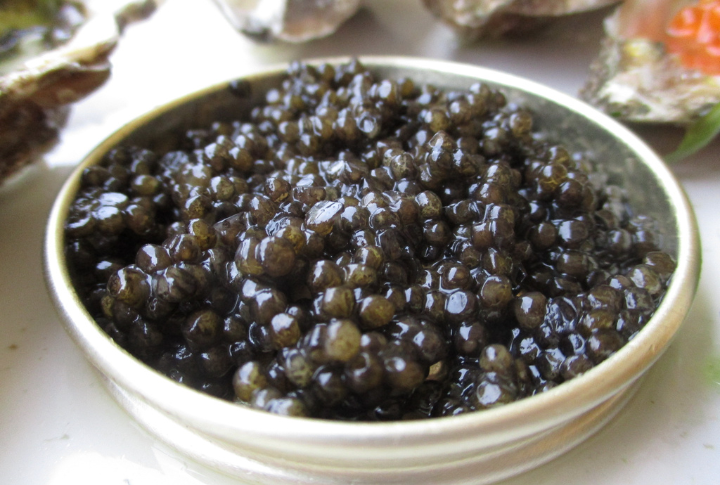
Luxury doesn’t always mean safe. Imported caviar may contain high levels of contaminants like heavy metals due to poor farming regulations. Some brands use preservatives that trigger allergic reactions or cause digestive issues. Also, fake caviar, made from seaweed or gelatin, has been found on the market, fooling unsuspecting diners.
The “Seafood Special”
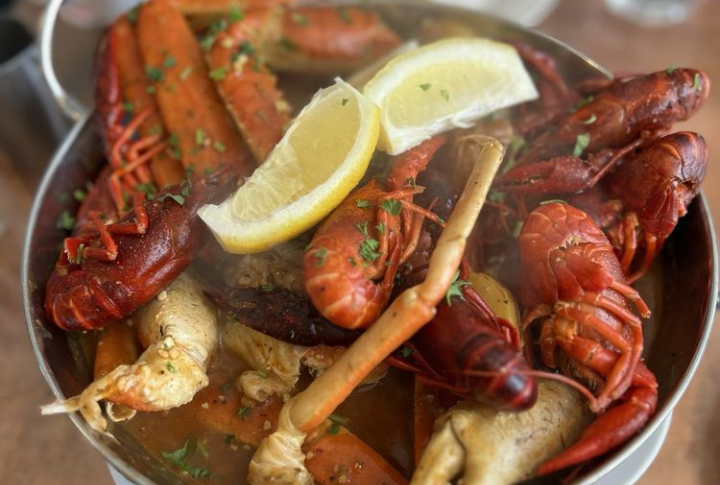
Daily seafood specials sound appealing, but they might be a restaurant’s way of using up older inventory. Not all places receive fresh seafood daily, so the “special” could be whatever needs to be used first. A few chefs stand by their specials, but others treat them as a last resort.
Marlin
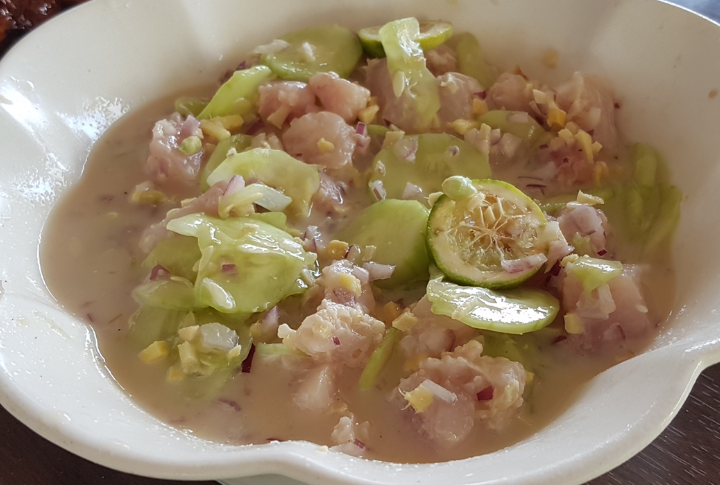
Marlin contains high mercury levels, averaging 0.485 ppm, which can lead to neurological issues, developmental risks, and kidney damage with frequent consumption. Improper handling increases the risk of histamine buildup, causing symptoms like flushed skin, headaches, and nausea. Due to its harmful effects and spoilage risks, this fish is a risky restaurant choice.
Swordfish
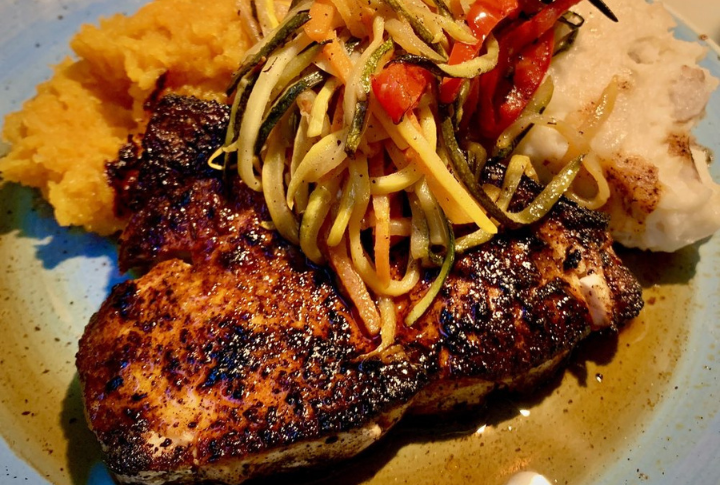
Swordfish are large and powerful, sitting near the top of the food chain. Due to their long lifespans, they accumulate mercury, and certain cuts can have a strong, metallic taste. While popular on steakhouse seafood menus, they come with some hidden downsides.
Tilefish
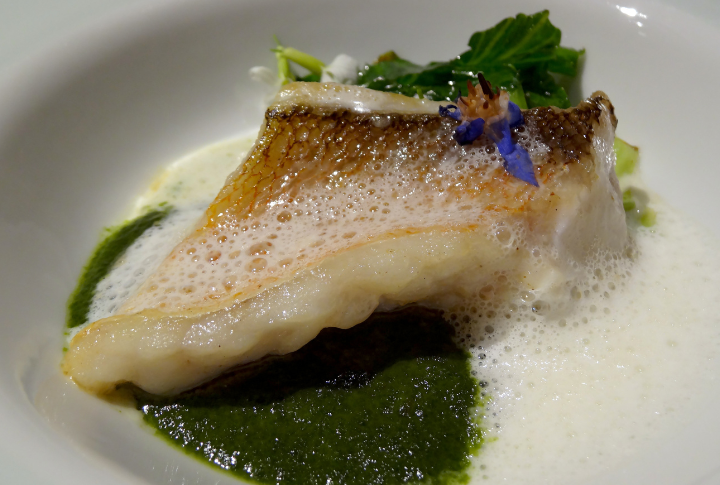
Tilefish has one of the highest mercury levels of any fish, earning it a spot on multiple “do not eat” lists. Despite this, certain restaurants continue serving it without a warning. Health advisories have existed for years, yet tilefish remains a menu item that catches uninformed diners off guard.
Scallops
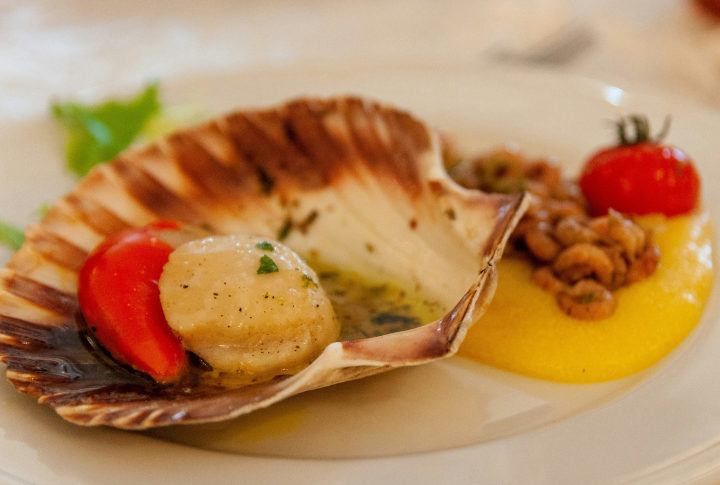
Many “wet scallops” are treated with sodium tripolyphosphate, a chemical that makes them absorb water, altering their texture and increasing sodium intake. Some cheaper scallops are shaped fish byproducts, which may contain preservatives that trigger allergic reactions. Mislabeling is standard, making it hard to know what’s on your plate.
Seafood Pasta
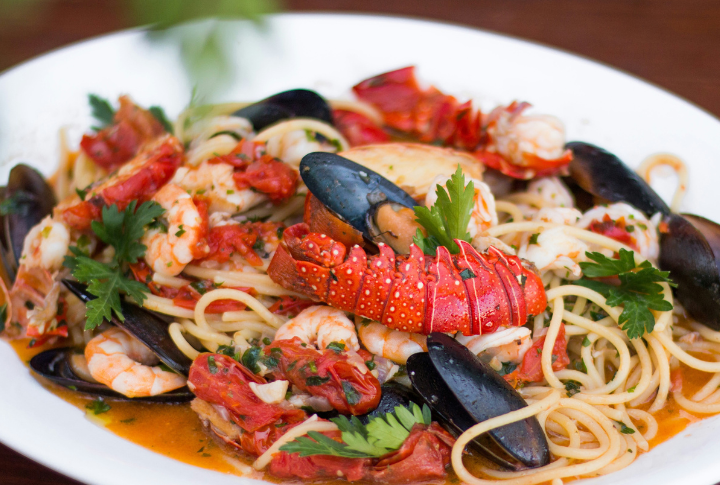
A plate of creamy seafood pasta might hide more than rich flavors. Heavy sauces can mask seafood past its prime, making it difficult to tell if something is off. The textures don’t always complement each other either—delicate shellfish usually gets lost in a dish more about the sauce than the seafood.
Imported Catfish

Rock-bottom prices make imported catfish like swai and basa a common sight in the market. These farmed fish often come from operations with lax regulations and questionable water conditions. The real issue? Many diners never know they’re eating them—labeling loopholes allow them to be sold under more familiar names.
Escolar (a.k.a. “White Tuna”)
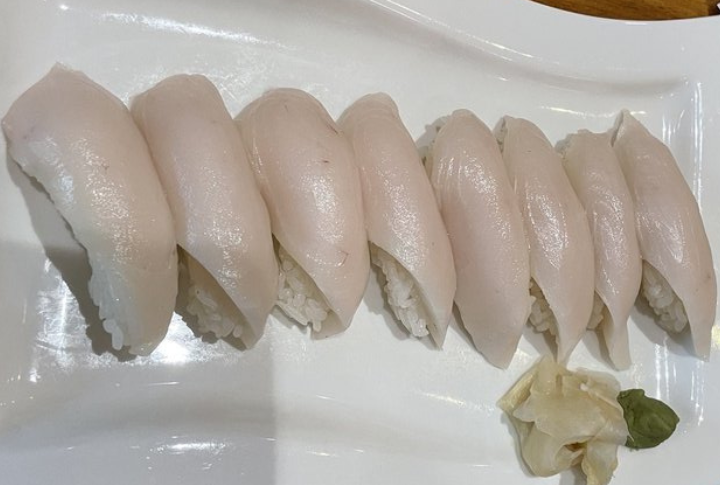
That buttery, rich “white tuna” on sushi menus is often escolar, a fish known to cause severe digestive issues. The “ex-lax fish” contains natural compounds that the human body struggles to digest. Several countries have banned its sale, yet it still appears on unsuspecting diners’ plates.
Bluefin Tuna
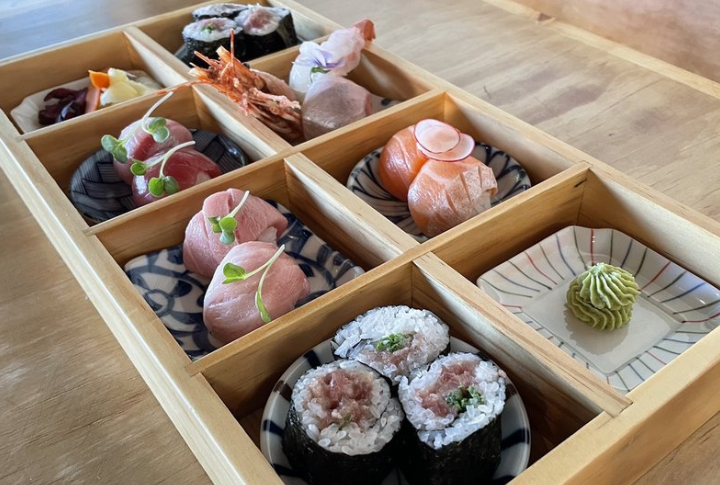
Mercury levels in bluefin tuna are dangerously high, posing risks of neurological damage and developmental issues. Some tuna is even treated with carbon monoxide to keep its deep red color, making it appear fresher than it is. Eating improperly stored tuna can also lead to a histamine reaction, resulting in nausea and flushing.
Tilapia
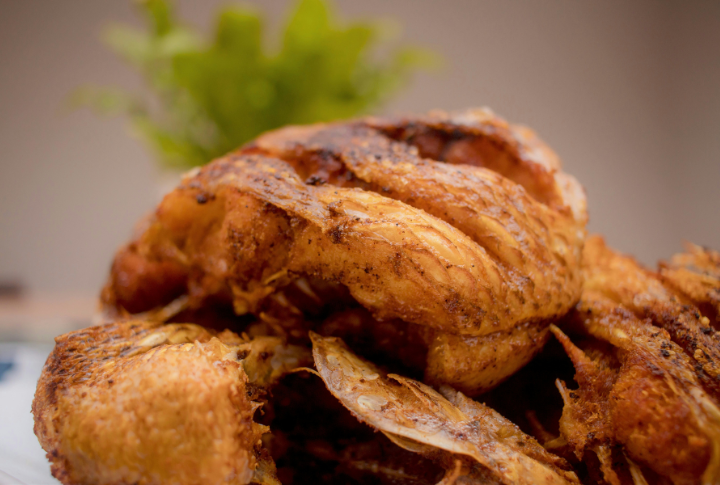
Tilapia is popular, but it’s not always the healthiest option. This fish has way more omega-6 than omega-3, which can fuel inflammation linked to heart issues. Some imported tilapia—especially from China—have tested positive for banned antibiotics, raising contamination and antibiotic resistance concerns. Farming conditions also increase bacteria exposure.
Red Snapper
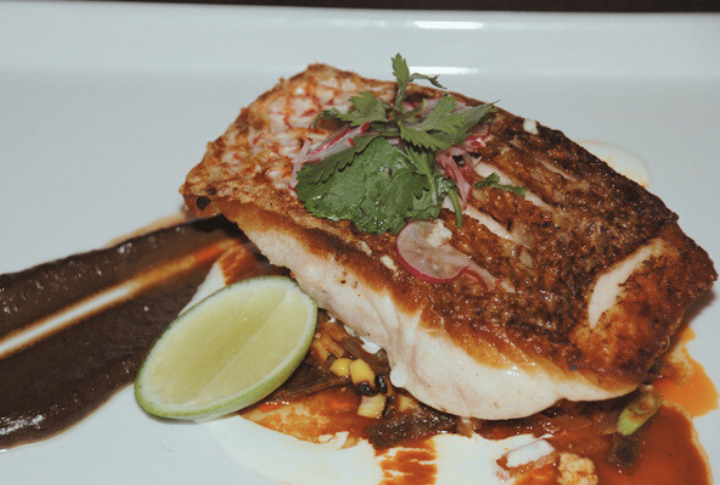
Studies show that a significant portion of “red snapper” served in restaurants isn’t red snapper. Seafood mislabeling is rampant, with cheaper fish often swapped for expensive options. Diners expecting premium fish might be unknowingly eating something entirely different.
Grouper
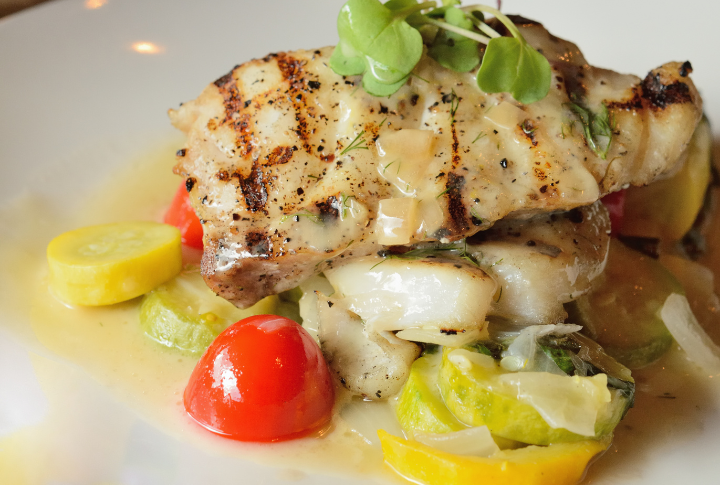
Mild, flaky, and easy to cook, grouper is a menu favorite—but it’s also one of the most misrepresented fish. Several eateries serve substitutes while still charging premium prices. Without proper labeling regulations, customers are left guessing whether their dish is the real deal.
Sashimi
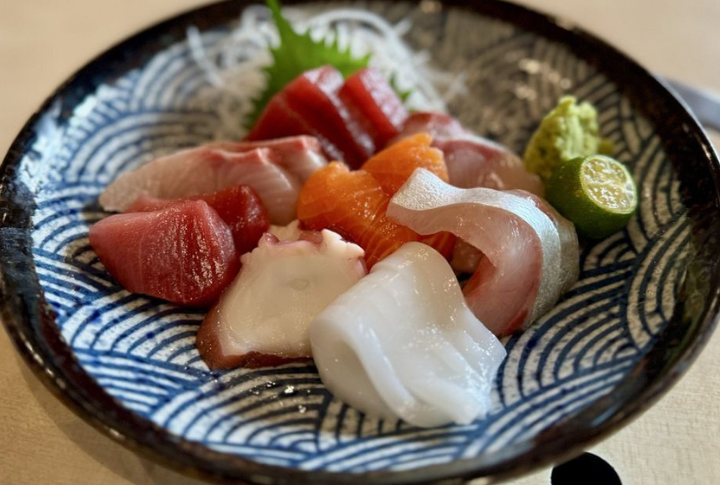
Freshness determines whether sashimi is a delicacy or a disaster. Dining venues with high turnover can ensure quality, but slower spots might not. Raw fish that isn’t stored at the correct temperature becomes a breeding ground for bacteria. A plate of beautifully sliced fish should never come with unnecessary risks.
Mussels
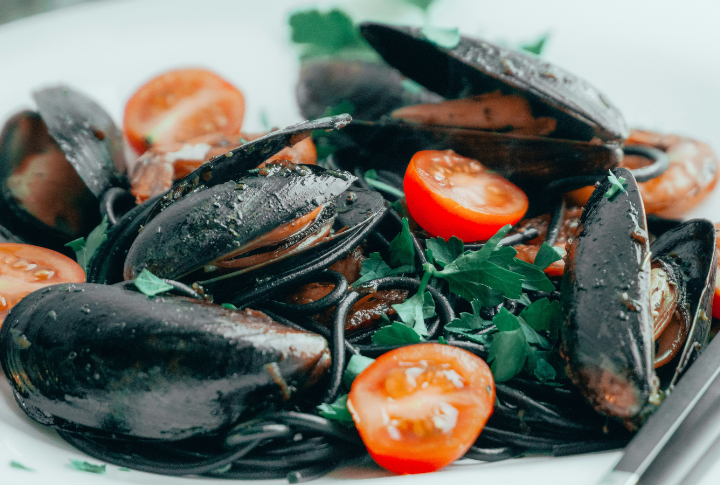
Mussels filter everything around them—including pollutants, toxins, and harmful bacteria. Even when sourced responsibly, their safety depends on proper storage and cooking. Cases of foodborne illness linked to mussels are well-documented, yet several diners assume they’re always safe.
Lobster Rolls
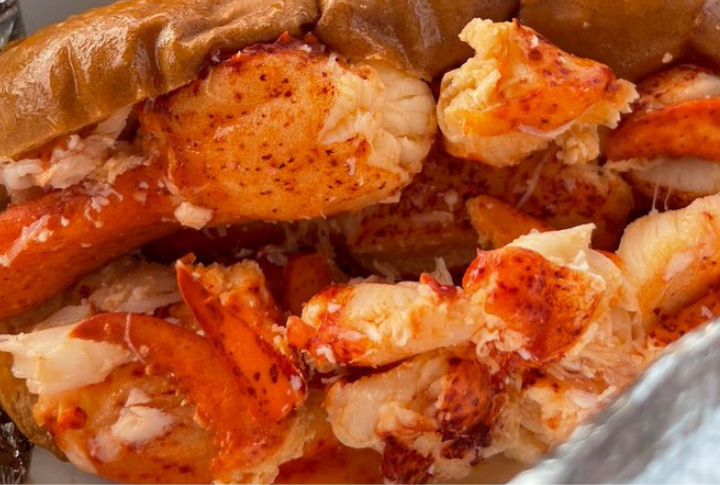
Not all lobster rolls are the same. Cheaper versions often feature frozen or imitation lobster, held together with too much mayonnaise. Some even use langostino, a less expensive crustacean that’s frequently mislabeled. Processed lobster may also contain sulfites, which can cause allergies or digestive problems for sensitive individuals.
Leave a comment